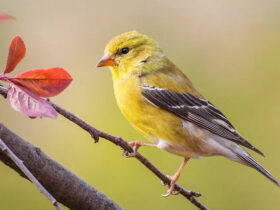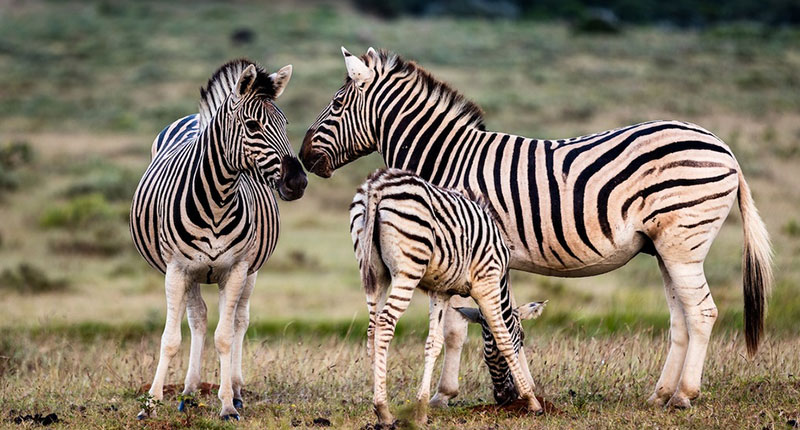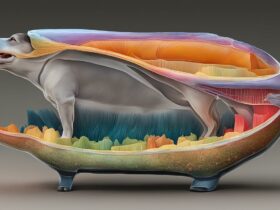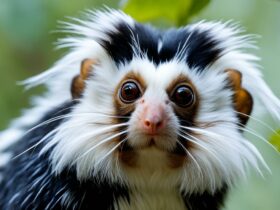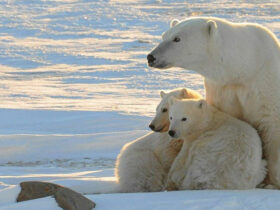In the vast savannas of Africa, a striking and iconic creature roams the grasslands, captivating both researchers and wildlife enthusiasts alike. The Plains Zebra, scientifically known as Equus quagga, is a magnificent mammal that has adapted brilliantly to its habitat. In this article, we will delve into the fascinating world of Plains Zebras, exploring their physical characteristics, social behavior, ecological importance, and the conservation efforts in place to protect them.
The Anatomy of a Plains Zebra
Physical Description
Plains Zebras are medium-sized herbivores with a robust build and long legs. They can weigh between 440 to 990 pounds (200 to 450 kilograms) and stand around 4.6 to 5.6 feet (1.4 to 1.7 meters) tall at the shoulder. Their elongated heads sit atop graceful necks, and their large eyes provide keen vision essential for spotting predators in the vast grasslands.
Striking Coat Patterns
One of the most distinguishing features of Plains Zebras is their striking coat patterns. Bold black and white stripes cover their entire body, with variations in the arrangement and thickness of the stripes among individuals. These unique patterns serve as effective camouflage against predators and, interestingly, are believed to help deter biting insects.
Unique Stripes
Each Plains Zebra has a distinct pattern of stripes, akin to human fingerprints. The stripes extend from the head to the hooves, and no two zebras have identical stripe configurations. Researchers use these patterns to identify and track individual zebras, assisting in monitoring population dynamics and migration patterns.
Life on the Grasslands
Habitat and Range
Plains Zebras predominantly inhabit the grassy savannas, woodlands, and open plains of eastern and southern Africa. They are highly adaptable grazers and can be found in diverse landscapes, from arid savannas to lush grasslands.
Feeding Habits
As herbivores, Plains Zebras feed on a variety of grasses and other vegetation. Their elongated necks and sharp incisor teeth make it easy for them to graze on grasses close to the ground. Their diet plays a crucial role in shaping the ecosystem and maintaining the balance of plant life.
Predators and Defense Mechanisms
Living in the wild, Plains Zebras face numerous predators, including lions, hyenas, cheetahs, and crocodiles. To protect themselves, zebras use their speed and agility, capable of reaching speeds up to 40 miles per hour (64 kilometers per hour) during bursts of running. Additionally, their strong social structure allows them to defend each other against potential threats.
Strength in Numbers: The Social Structure
Herd Dynamics
Plains Zebras are highly social animals, forming family groups known as herds. These herds can consist of a few individuals to thousands, providing safety in numbers and increasing their chances of survival. Within the herd, zebras develop strong bonds and engage in various social interactions.
Communication Among Zebras
Communication is vital in the zebra community. Zebras use vocalizations, body language, and facial expressions to convey information. Whinnies, braying, and snorting are among the vocalizations used for different purposes, such as alerting the herd of danger or signaling mating readiness.
The Role of the Alpha Male and Female
Each zebra herd typically has an alpha male and female that lead the group. They are responsible for guiding the herd during migrations, deciding when and where to graze, and ensuring the safety of their members. Their authority helps maintain order and stability within the herd.
Breeding and Reproduction
Mating Rituals
Breeding season for Plains Zebras occurs during specific times of the year, resulting in an increase in mating rituals. Male zebras compete for the attention of females through elaborate displays of dominance and courtship behaviors.
Gestation and Birth
After a successful mating, female zebras undergo a gestation period of about 12 to 13 months. When the time comes to give birth, they often isolate themselves from the herd to protect their newborns from potential predators.
Nurturing the Young
The bond between a mother zebra and her foal is remarkably strong. The foal depends entirely on its mother for nourishment and protection during the early stages of life. As the foal grows, it begins to interact with other young zebras, fostering essential social skills.
The Ecological Role of Plains Zebras
Keystone Species in the Ecosystem
Plains Zebras play a crucial role as a keystone species in the African grassland ecosystems. By consuming vast amounts of grass, they help control vegetation growth, preventing the overgrowth that can negatively impact other plant and animal species.
Seed Dispersal and Vegetation Control
The zebra's feeding habits inadvertently support seed dispersal. As they graze, they consume seeds, which then pass through their digestive system unharmed, later germinating in new locations. This process enhances plant diversity and sustains the ecosystem.
Interactions with Other Wildlife
Plains Zebras often share their habitat with other iconic African species such as wildebeests and antelopes. The interactions between these species are complex and create a fascinating web of relationships that ecologists continue to study.
Threats and Conservation
Human-Wildlife Conflict
As human populations expand and encroach upon zebra habitats, conflicts arise. Competition for resources and occasional attacks on livestock lead to retaliatory measures against zebras, threatening their survival.
Poaching and Illegal Trade
Poaching for zebra skin, meat, and body parts remains a persistent issue. Additionally, the illegal trade in zebra products poses significant risks to the species' long-term survival.
Conservation Efforts and Success Stories
Numerous conservation organizations and governments are actively working to protect Plains Zebras and their habitats. These efforts include establishing protected areas, implementing anti-poaching measures, and promoting sustainable practices to coexist with wildlife.
Conclusion
The Plains Zebra, with its stunning coat and captivating social behavior, is an iconic symbol of the African grasslands. As a keystone species, its presence significantly influences the health and balance of the ecosystem. However, human-induced threats pose significant challenges to the survival of these majestic creatures. It is imperative that we continue our conservation efforts and raise awareness about the importance of protecting the Plains Zebra and its habitat.
FAQs
- Are Plains Zebras endangered?
Currently, Plains Zebras are not classified as endangered. However, they face threats due to habitat loss and human-wildlife conflicts.
- How do zebras defend themselves from predators?
Zebras rely on their speed and agility to escape from predators. They can run at impressive speeds and often move in coordinated groups, making it difficult for predators to single out an individual.
- Why do zebras have stripes?
The exact purpose of zebras' stripes is not entirely understood. They are believed to help with camouflage, temperature regulation, and deterring biting insects.
- What is the significance of zebra social structure?
Zebra herds rely on a strong social structure to ensure their survival. Cooperation and communication within the herd are essential for protection and finding food and water.
- How can I support zebra conservation efforts?
There are several ways to support zebra conservation, such as donating to reputable wildlife organizations, participating in ecotourism, and spreading awareness about the importance of protecting these magnificent animals.




